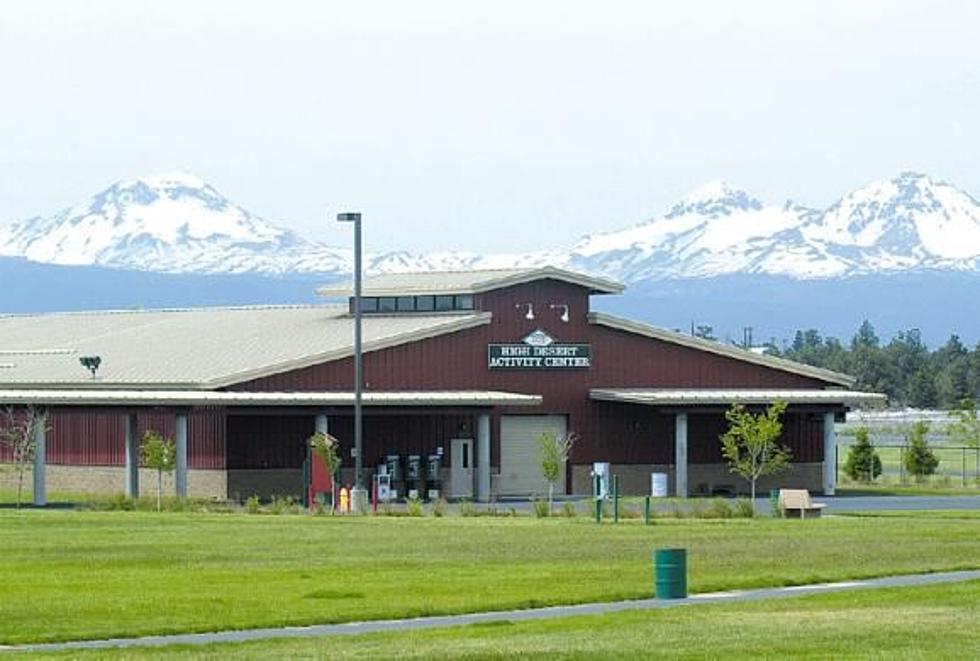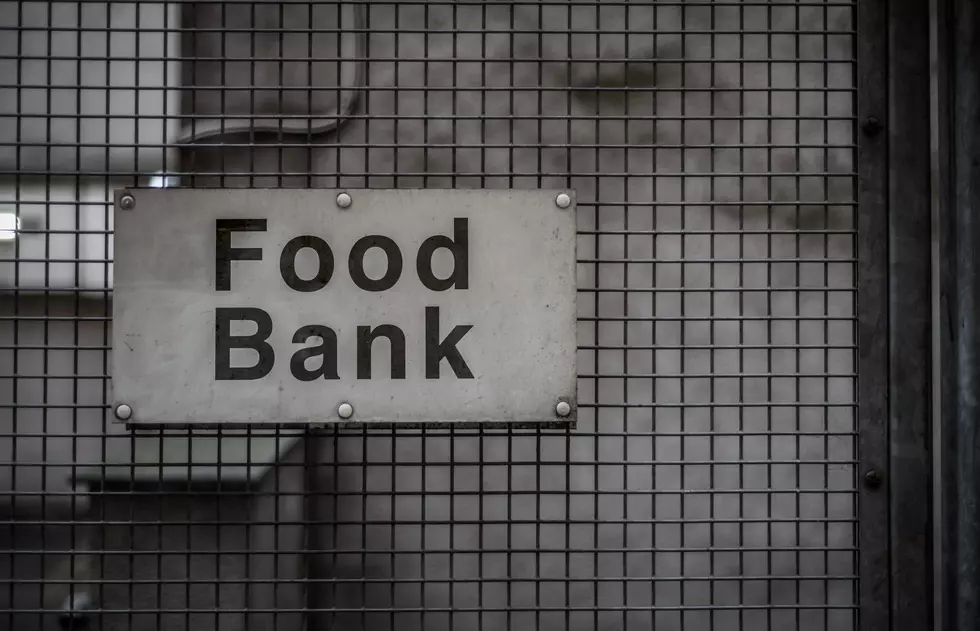
AFBF: Food Insecurity May Be Increasing
USDA’s Economic Research Service just released its annual report on food security, showing a slight improvement in 2021 from 2020. American Farm Bureau Federation Senior Economist Veronica Nigh says according to the study, roughly 13.5 million households in the United States, or 10.2% of the population face food insecurity, a slight drop compared to 2020 in the height of the COVID pandemic. However, Nigh points out regional differences show a different story.
“Despite the fact that we saw an overall decline in the number of families that were food insecure in the United States last year, it wasn't true across all regions. In the Midwest, we actually saw an increase in the percentage of households that were insecure from nine and a half percent climbing to 9.9%. We also saw an increase in the west where we went from 9.5% up to 9.7% of households. In the south and in the northeast, we saw declines in food insecurity.”
Given inflation in 2022, Nigh said food insecurity may be increasing.
“In the data that was just released, we already see that families that are living in rural areas have a higher rate of food insecurity than those who live in urban areas, families with children in the household have higher rates of food insecurity, and families with elderly people tend to have a higher rate of food insecurity," Nigh added. "So, we would expect that unfortunately those families that are already struggling with tight finances would see an increased rate of food insecurity, with the higher inflation that we're seeing today.”
If you have a story idea for the PNW Ag Network, call (509) 547-1618, or e-mail glenn.vaagen@townsquaremedia.com
More From PNW Ag Network









